When I first started lifting, I kept hearing that you need to balance push and pull exercises. At the time, I didn’t really know what that meant.
Over time, I learned that horizontal pull exercises are among the most important moves you can do to develop a strong, healthy back.
They target the muscles that help you sit tall, move better, and even lift heavier in other exercises. If you spend a lot of time at a desk (like me), these exercises can also help undo the “slouch” we all tend to fall into.
In this guide, I will share the best horizontal pull movements, explain how to perform them safely, and demonstrate which muscles each movement targets.
What are Horizontal Pull Exercises?
Horizontal pull exercises are movements where you pull weight or resistance straight toward your torso. Think of them as “row-style” moves, where the pulling happens in a straight line instead of overhead.
They mainly work the muscles in your upper and mid-back, like the lats, traps, rhomboids, and rear delts, while also bringing your biceps and core into play.
These exercises are different from vertical pulls, such as pull-ups, because the angle of movement is horizontal rather than vertical.
That change in angle shifts the focus and gives your back more complete development. Most people know them simply as “rows,” and they can be done with barbells, dumbbells, cables, or even just bodyweight.
Benefits of Horizontal Pull Exercises
If you’re wondering why horizontal pulls should be in your workouts, here are the biggest reasons they make a difference:
- Improve posture by strengthening your back muscles, helping you sit and stand taller with less slouch throughout the day.
- Reduce shoulder pain by balancing pressing and pulling movements, keeping joints stable and healthier for long-term lifting success.
- Build a stronger, wider back that supports better athletic performance and more power in other big compound lifts.
- Protect against injuries by training stabilizer muscles that often get ignored, giving your body more overall support and control.
- Balance your workout routine by making sure that push and pull muscles develop evenly, thereby preventing imbalances and poor movement patterns.
Adding these benefits together, you can see why horizontal pulls aren’t just optional; they’re essential if you want strength, balance, and long-term results.
Best Horizontal Pull Exercises
Horizontal pull exercises are key for building a stronger, wider back. These moves improve posture, balance, pressing strength, and develop serious pulling power. Here are some of the best:
1. Bent-Over Barbell Row
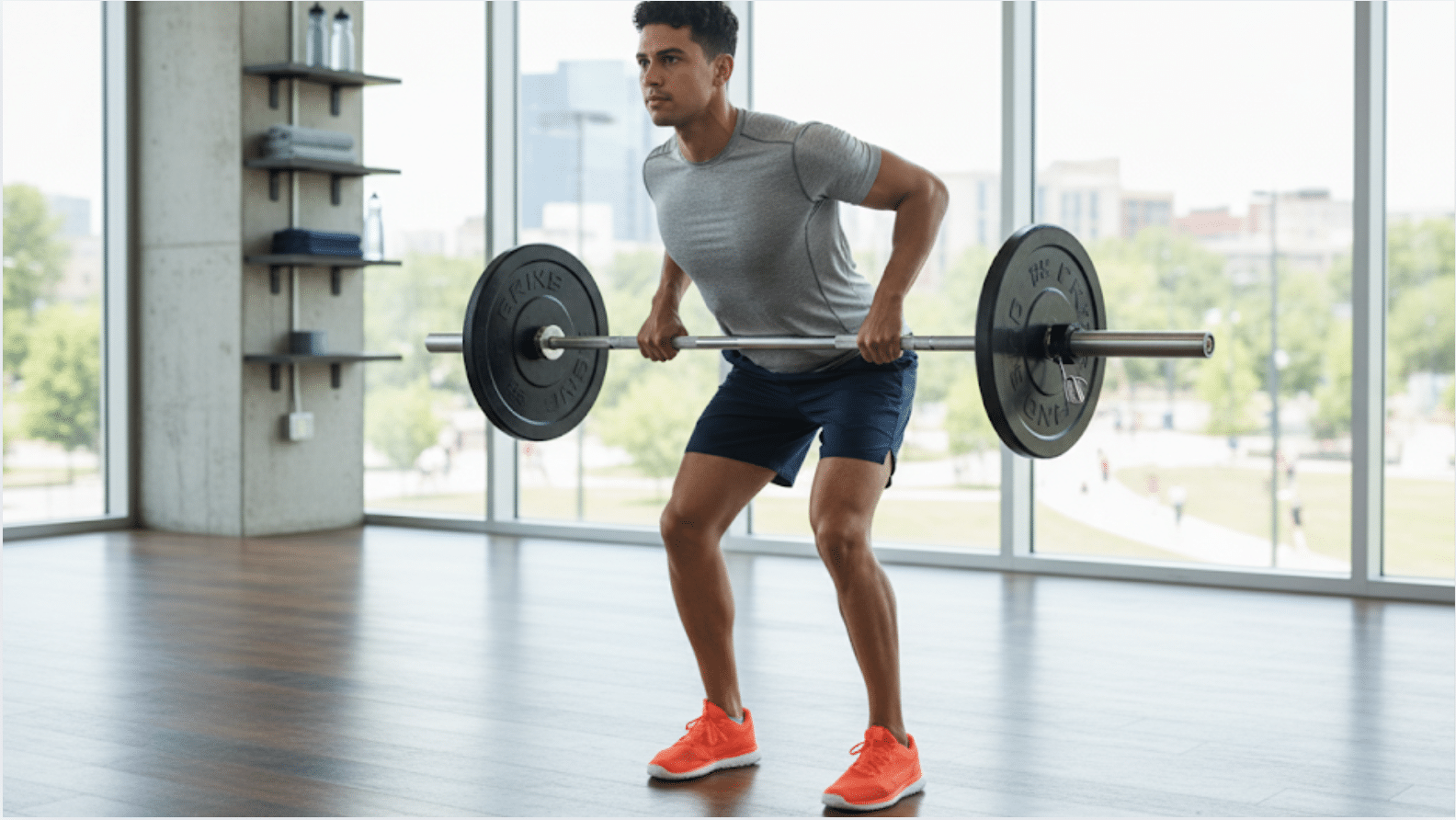
This is one of the best moves for building back size and strength. You hinge at the hips, keep your back straight, and pull the bar toward your torso.
The bent-over barbell row builds thickness through the lats and traps, while also engaging your biceps and rear delts. Proper form prevents lower back strain.
Muscles Worked: lats, rhomboids, traps, rear delts, biceps.
2. Dumbbell Row (Single Arm)
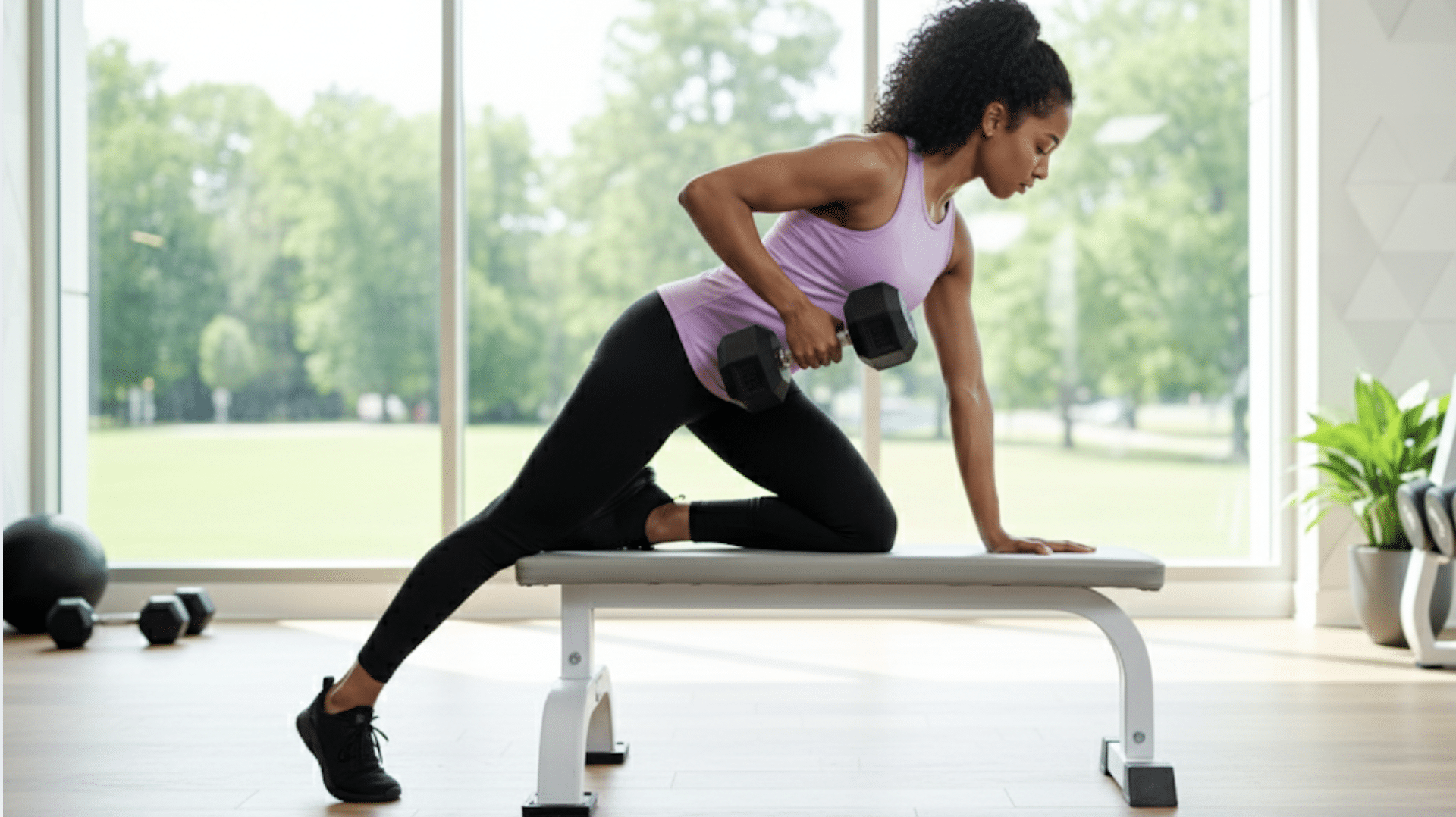
The single-arm dumbbell row helps you focus on one side at a time. Place one knee and hand on a bench for support, then row the dumbbell to your waist.
This improves balance, fixes strength imbalances, and builds stability through your core. It’s simple but very effective for overall back development.
Muscles Worked: lats, rhomboids, traps, core stabilizers.
3. Chest-Supported Row

If you struggle with barbell rows, this move is a safer option. Lying chest-down on an incline bench takes the lower back out of the picture, letting you isolate your upper and mid-back.
You can use dumbbells or a barbell, and it prevents the use of momentum. Great for strict, controlled back growth.
Muscles Worked: rhomboids, mid traps, rear delts, lats.
4. Seated Cable Row
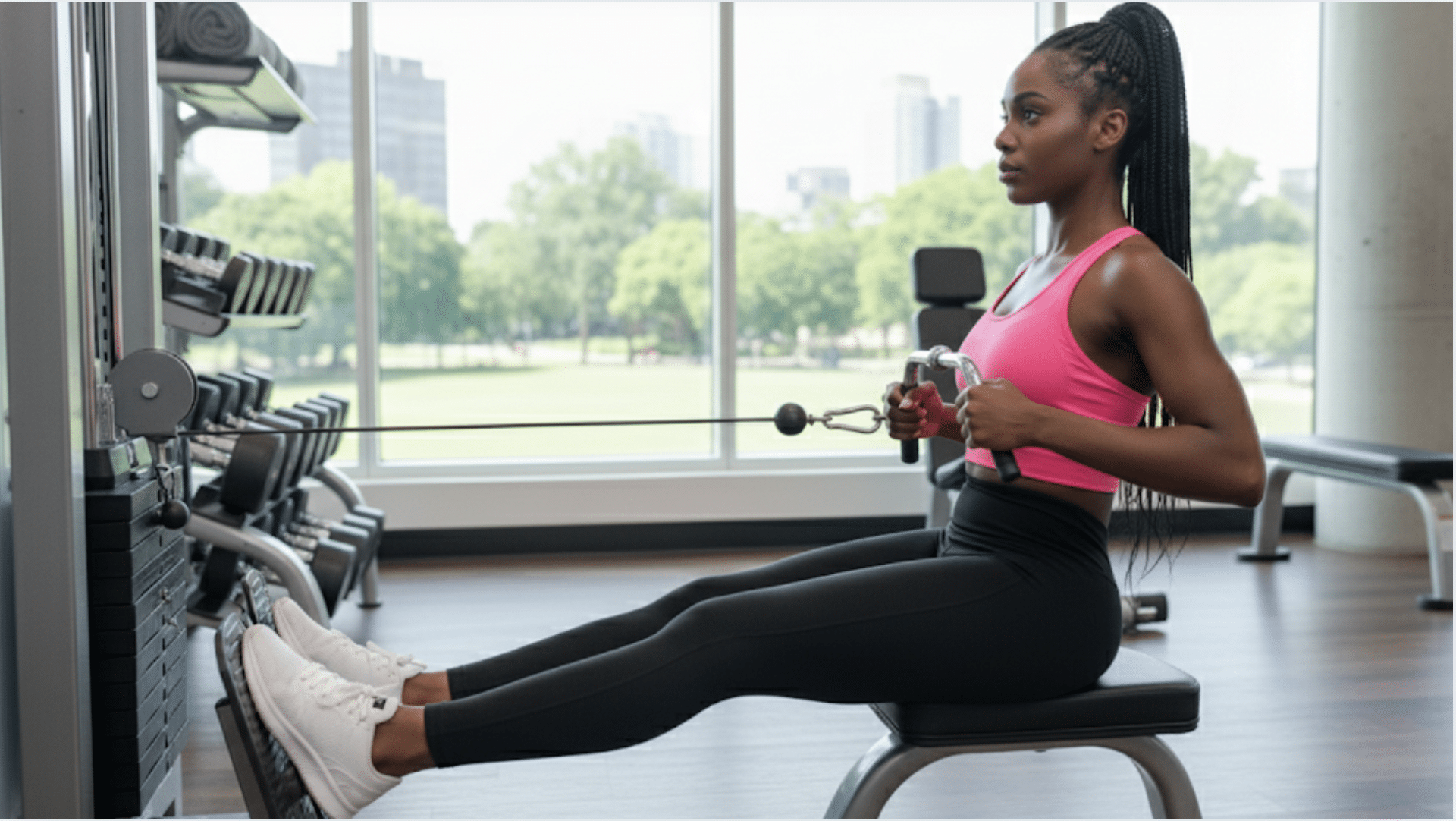
This machine exercise is a gym staple because it provides smooth, constant resistance. Sit with your chest tall, grab the handle, and pull toward your torso while keeping your elbows close.
You can adjust the grip or attachment for variety. It’s beginner-friendly yet valuable for experienced lifters looking to build back strength.
Muscles Worked: lats, traps, rhomboids, biceps.
5. Inverted Row
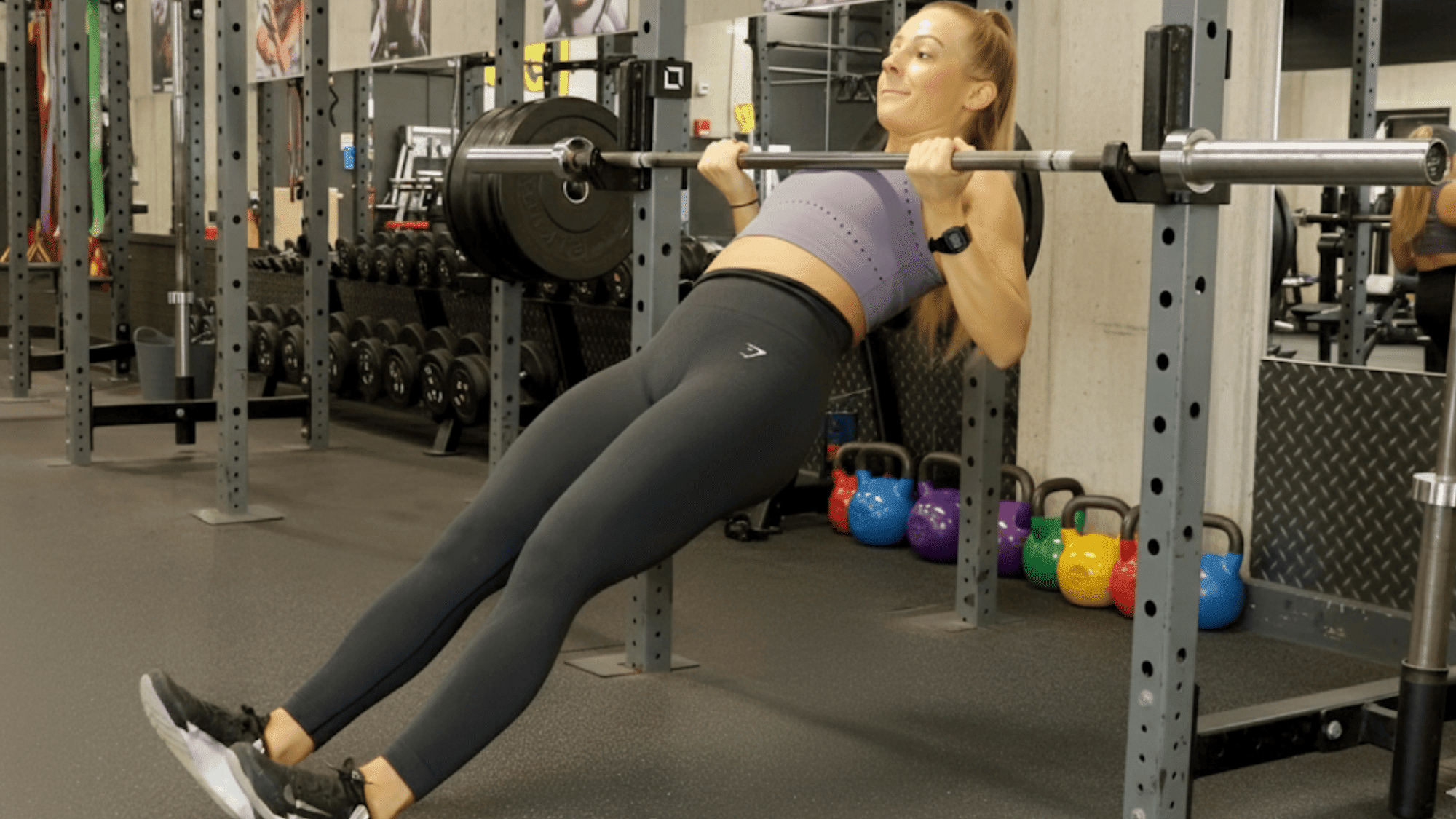
The inverted row is a bodyweight horizontal pull. Lie under a bar set at hip height, grab it with an overhand grip, and pull your chest to the bar.
The lower the bar, the harder the move. It’s scalable for all levels and helps improve posture, pulling strength, and core engagement.
Muscles Worked: lats, rear delts, rhomboids, biceps, core.
6. T-Bar Row

The T-bar row is all about heavy pulling power. You use a landmine or T-bar machine, grab the neutral grip handle, and row the bar toward your chest.
This exercise builds serious thickness in your mid-back while challenging grip strength and lower back stability. A strong choice for developing a dense physique.
Muscles Worked: lats, traps, rhomboids, erector spinae.
7. TRX Row
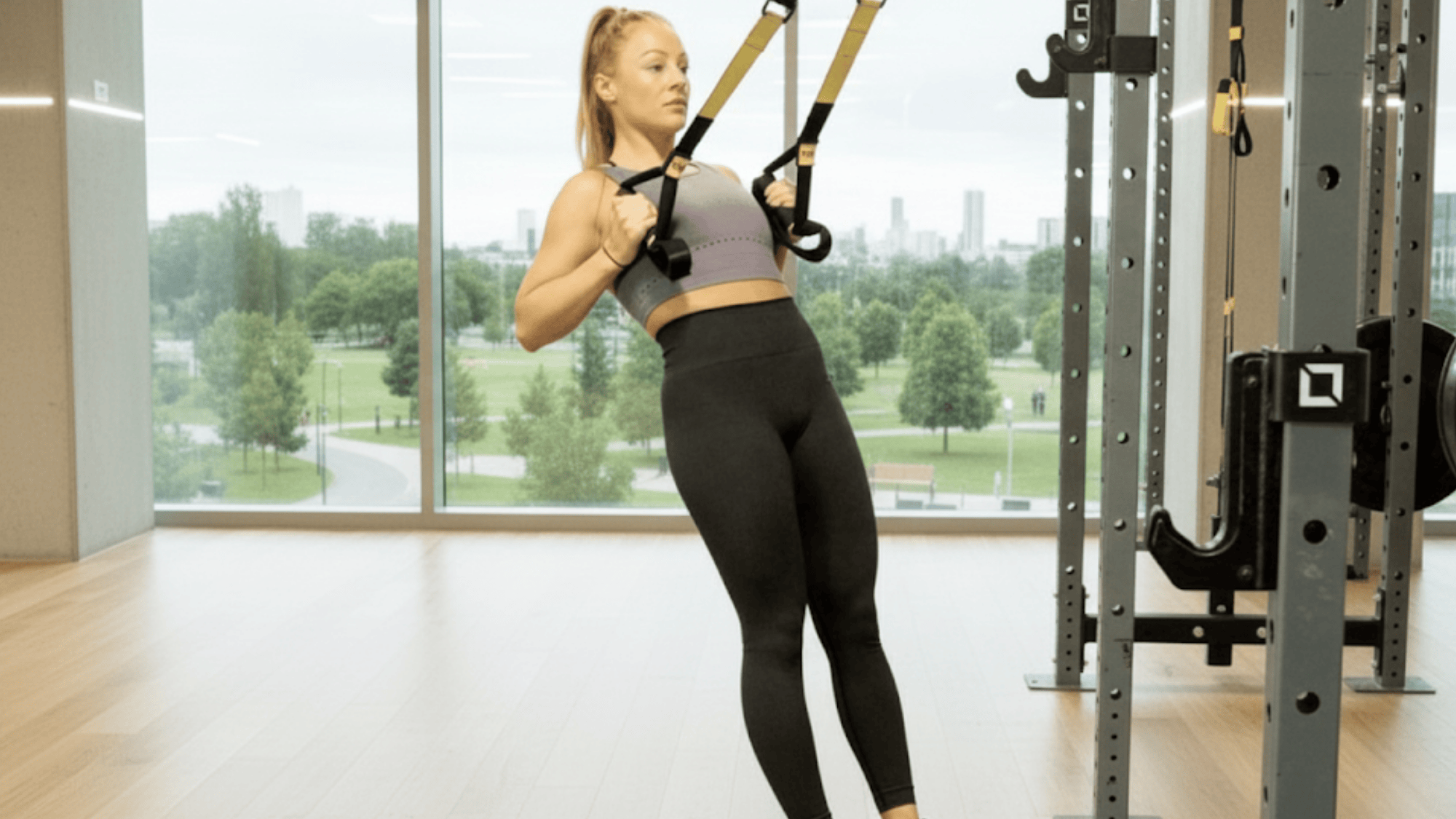
TRX rows utilize suspension straps, making them a versatile option for use anywhere. The steeper your angle, the harder the move becomes.
You lean back, keep your body straight, and row yourself upward. It’s joint-friendly, beginner-safe, and still tough enough to challenge advanced lifters. This move builds strength, stability, and great back control.
Muscles Worked: lats, rhomboids, traps, rear delts, core stabilizers.
8. Face Pulls
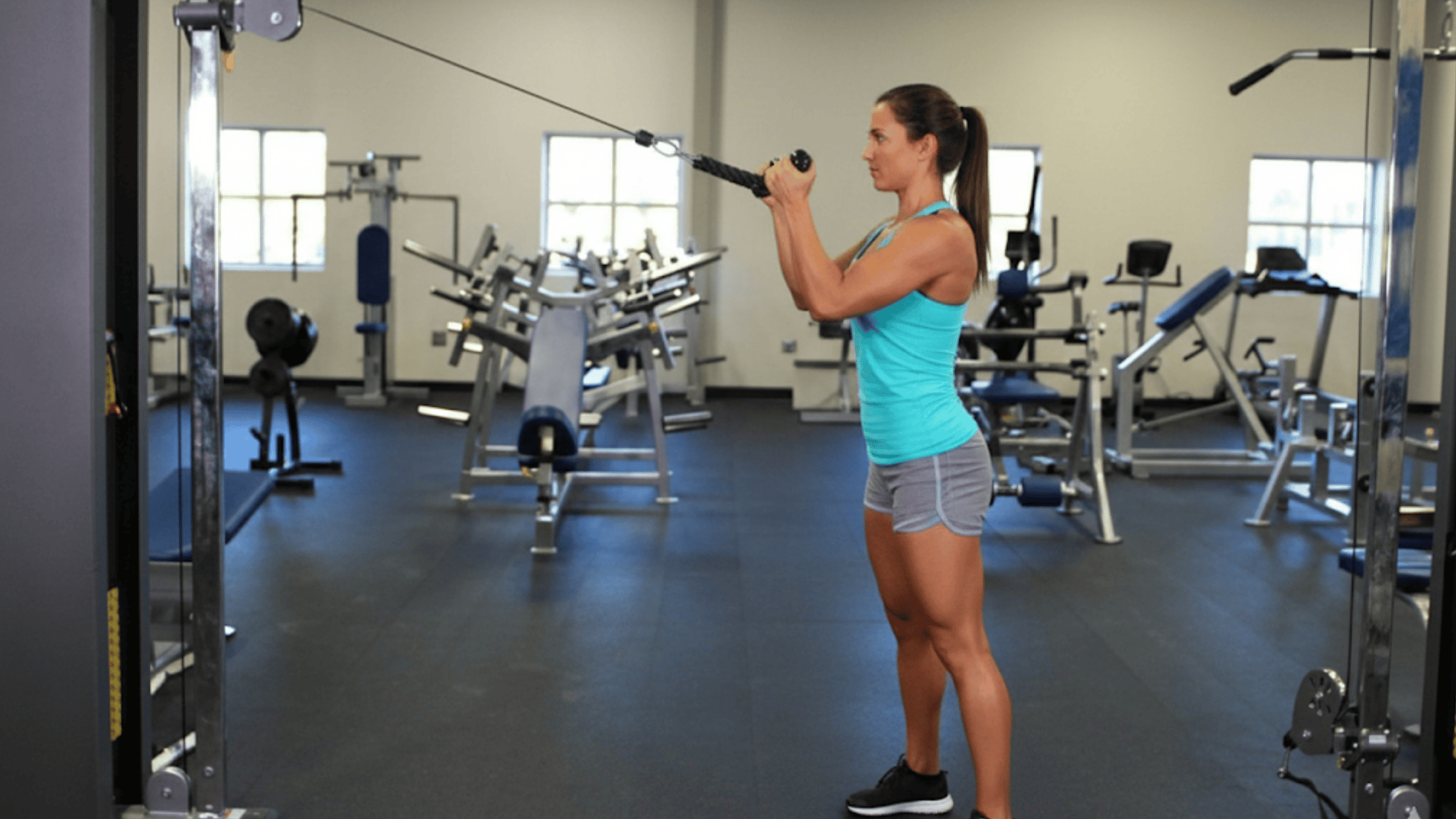
Face pulls are performed with a rope attachment on a cable machine. You pull the handles toward your face with elbows high, focusing on squeezing the upper back.
This move is excellent for shoulder health, fixing posture, and balancing pressing exercises. It’s lighter in weight but powerful for long-term stability and mobility.
Muscles Worked: rear delts, traps, rhomboids, rotator cuff.
9. Seal Row
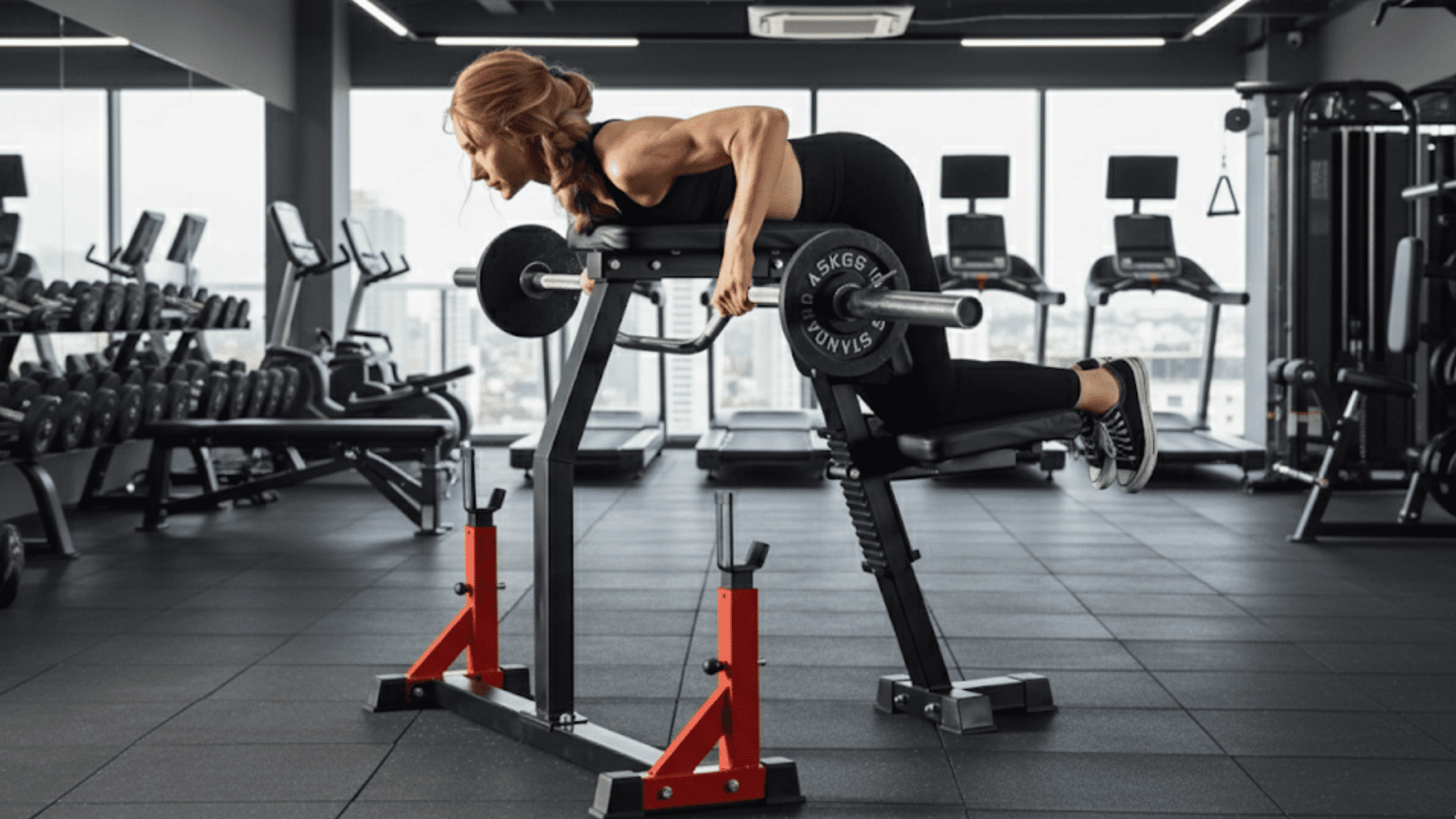
The seal row forces a strict form because you lie chest-down on a flat or raised bench. You can’t use momentum, so your back does all the work.
Row a barbell or dumbbells upward in a controlled motion. This exercise is challenging but incredibly effective for targeting your lats and mid-back muscles.
Muscles Worked: lats, rhomboids, mid traps, rear delts.
10. Renegade Row
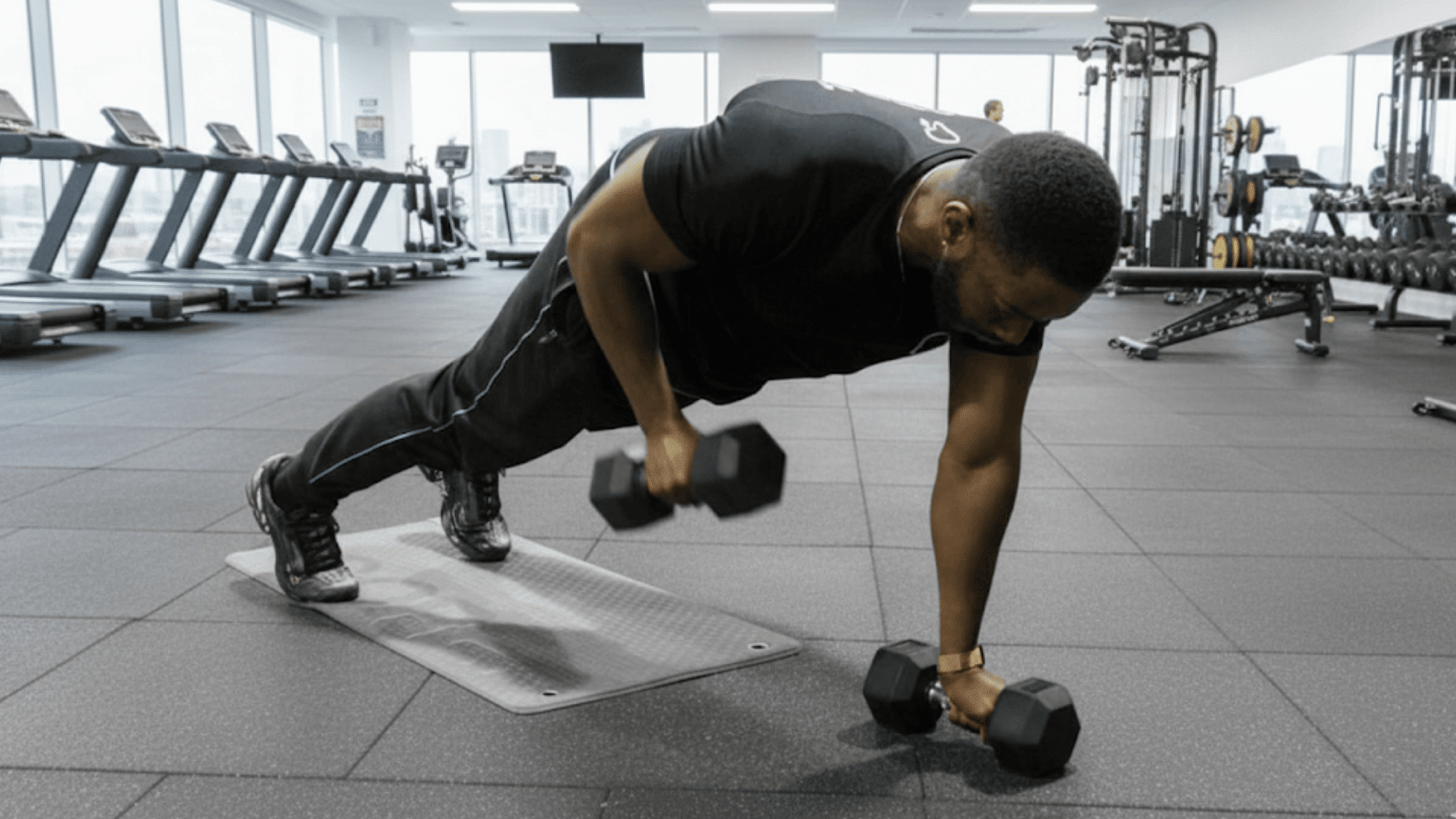
The renegade row combines a plank with a dumbbell row. You hold a push-up position with dumbbells, then row one arm at a time.
The key is to keep your hips steady without twisting. This exercise works your pulling muscles while forcing your core to stabilize. It’s tough but efficient for strength and balance.
Muscles Worked: lats, traps, biceps, rear delts, core (anti-rotation).
11. Landmine Row (Single Arm)
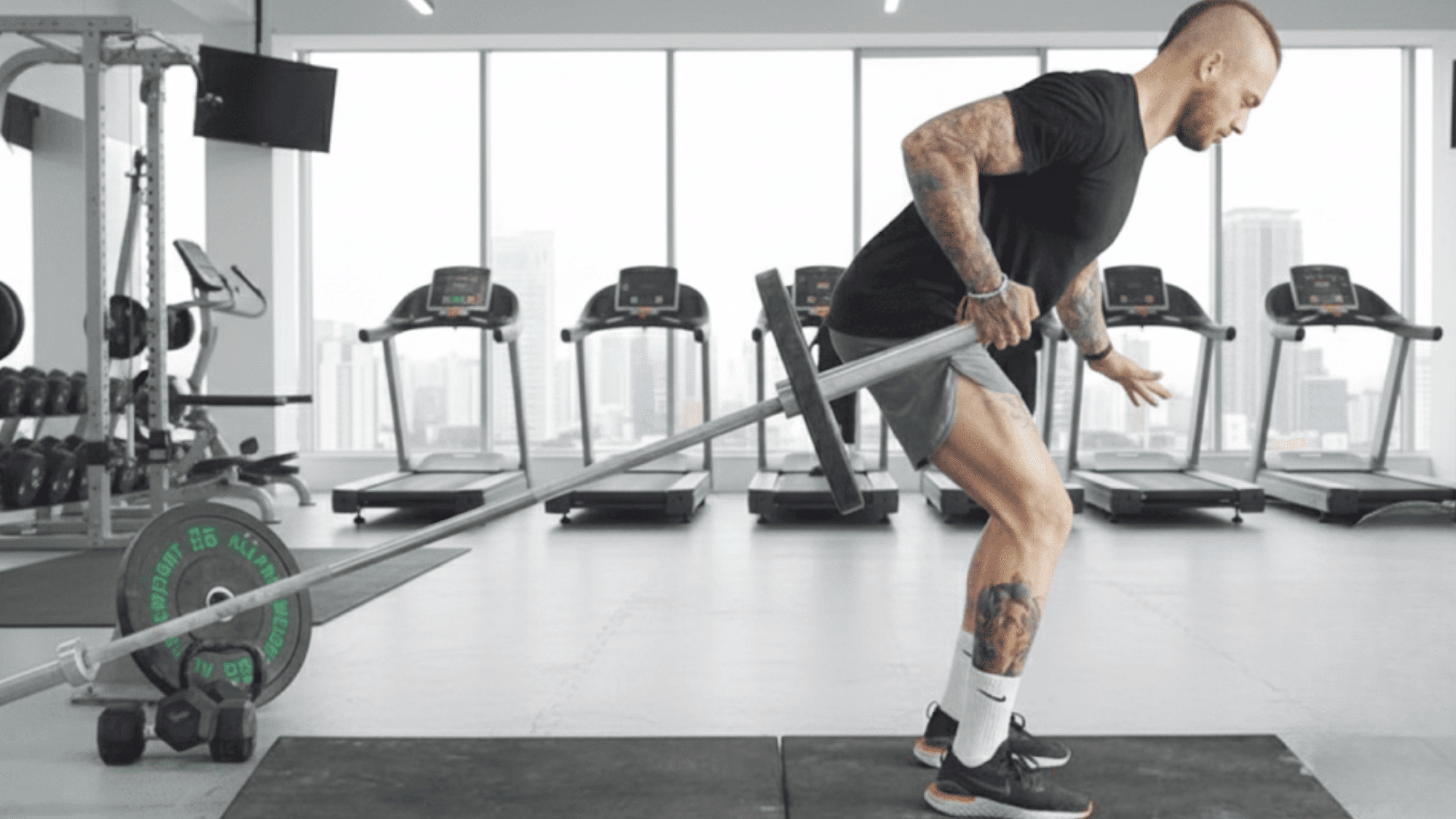
This move uses a barbell anchored in a landmine attachment. You row with one arm, pulling the bar toward your side.
The angled path is easier on your joints, while still allowing you to load heavy. It’s excellent for building strength and also activates your obliques for extra core stability.
Muscles Worked: lats, traps, rear delts, rhomboids, obliques.
Common Mistakes to Avoid
Even though horizontal pull exercises look simple, I’ve seen (and made) plenty of mistakes that reduce results or risk injury. Paying attention to form will make your pulls safer and much more effective.
Here are some of the biggest mistakes to watch out for:
- Rounding your lower back instead of keeping it flat adds pressure and increases the risk of strain or injury.
- Using momentum to swing the weight rather than pulling with control makes the exercise less effective for muscle growth.
- Letting your shoulders shrug up toward your ears instead of keeping them packed down and back during each repetition.
- Pulling too far past your torso can stress your shoulder joints and take tension off the back muscles.
- Ignoring core stability and allowing your body to twist or sway, especially during single-arm or bodyweight row variations.
By avoiding these common errors, you’ll get more out of every rep and build a stronger, healthier back without unnecessary setbacks.
At the End
Building strength isn’t just about lifting heavy; it’s about training smart. Horizontal pull exercises give your back the balance and support it needs to stay healthy and strong for years.
When you combine them with pushing movements, your body works as one, improving posture, performance, and even everyday comfort.
The best part? You don’t need fancy equipment, just consistency and good form.
If you’ve tried any of these horizontal pulls, I’d love to hear which one is your favorite. Drop a comment and let’s share what’s working for you!





